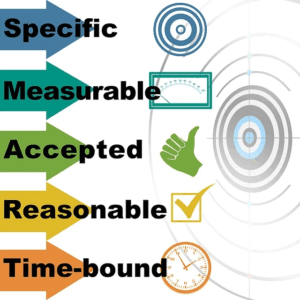Project cost estimation involves predicting how much a project will cost by tallying up time, resources and expenses. This cost estimation process is a cornerstone of project management, ensuring that projected budgets align with reality.
By analysing historical data and current market rates, project managers develop cost estimates that set the stage for budgeting success.
It’s a critical part of planning – an accurate project cost estimate tells you whether a project is viable and profitable. Get it wrong, and your carefully planned project can quickly burn money like a bonfire.
In fact, industry surveys find only about one-third of projects consistently finish on budget. For organisations across healthcare, public sector and private industry, that gap in total project cost can mean a big hit to ROI, quality and stakeholder trust.
Think of budgeting as setting the goalposts for a game: if you don’t know where the goal is, it’s hard to score.

Each of these pitfalls contributes to budget overruns, which in turn hurt profitability and project success. By spotting these traps early, you can avoid turning your next project into an over-budget saga.

Define Scope and Objectives. Resist the urge to “wing it.” Start by setting clear, SMART objectives (Specific, Measurable, Accepted, Realistic, Time-bound) so you know exactly what you’re budgeting for.
Break the project down in a Work Breakdown Structure (WBS) that lists all tasks and deliverables. This clarity ensures nothing is overlooked.
For a quicker ballpark, use analogous estimating by comparing similar past projects or parametric estimates (e.g. cost per square foot or per line of code). The method depends on your data quality and how detailed your plan is.
Never forget a little buffer: industry best practices suggest adding roughly 10–20% contingency to cover uncertainty. This cushion turns unexpected hiccups from project killers into manageable bumps.
A quick peer review or manager sign-off catches missing items and optimistic assumptions. (No one should sign off on the budget until they’ve had a chance to poke holes in it.)
They update live as work is logged, unlike static Excel charts. This real-time visibility lets you spot cost creep before it’s a crisis (implementing modern reporting tools is a known way to avoid overruns).
Each cycle of estimating and review refines your data, so the next estimate becomes even sharper.
Following these steps turns cost estimation from guesswork into a repeatable discipline. You’ll transform “we hope this budget holds” into “this budget is backed by data.”
By doing the math methodically (and remembering to save some cake for unexpected guests), you dramatically reduce the odds of unwelcome surprises in your budget.
None of these steps relies on magic – using the right software, however, makes a world of difference. A robust PPM system ties together timesheets, expense logs and resource plans so you always have one source of truth for total cost and performance.
Swapping static spreadsheets for an integrated platform means you’ll spend less time hunting errors and more time steering your project to success.
Estimating project costs accurately isn’t about secret formulas or crystal balls – it’s about clarity, communication and the right data. When you follow a structured approach, involve your experts, and track your numbers in real time, budgets stop being scary surprises and start being powerful tools.
Think of solid cost estimation as wearing a seatbelt: you hope you won’t crash, but you’ll be glad you had it if things go off-plan. If your current approach feels more like juggling sticky notes, consider taking the next step. Tools like PM3 and similar project management platforms can make your estimates more reliable and your team more confident.
Ready to turn “hope for the best” into “plan with confidence”? Start refining your cost estimation process today, or consult an experienced adviser who understands what works in real-world project delivery. Your next project (and your CEO) will thank you for it.

Our products help you deliver successful change programmes and projects by always focusing on the overall business outcomes. Find out how our products can help you.
Discover PM3 Schedule a DemoThe majority of PMOs that are, what we call ‘value-adding’ PMOs, will need to produce dashboards...
Read more >...
Read more >